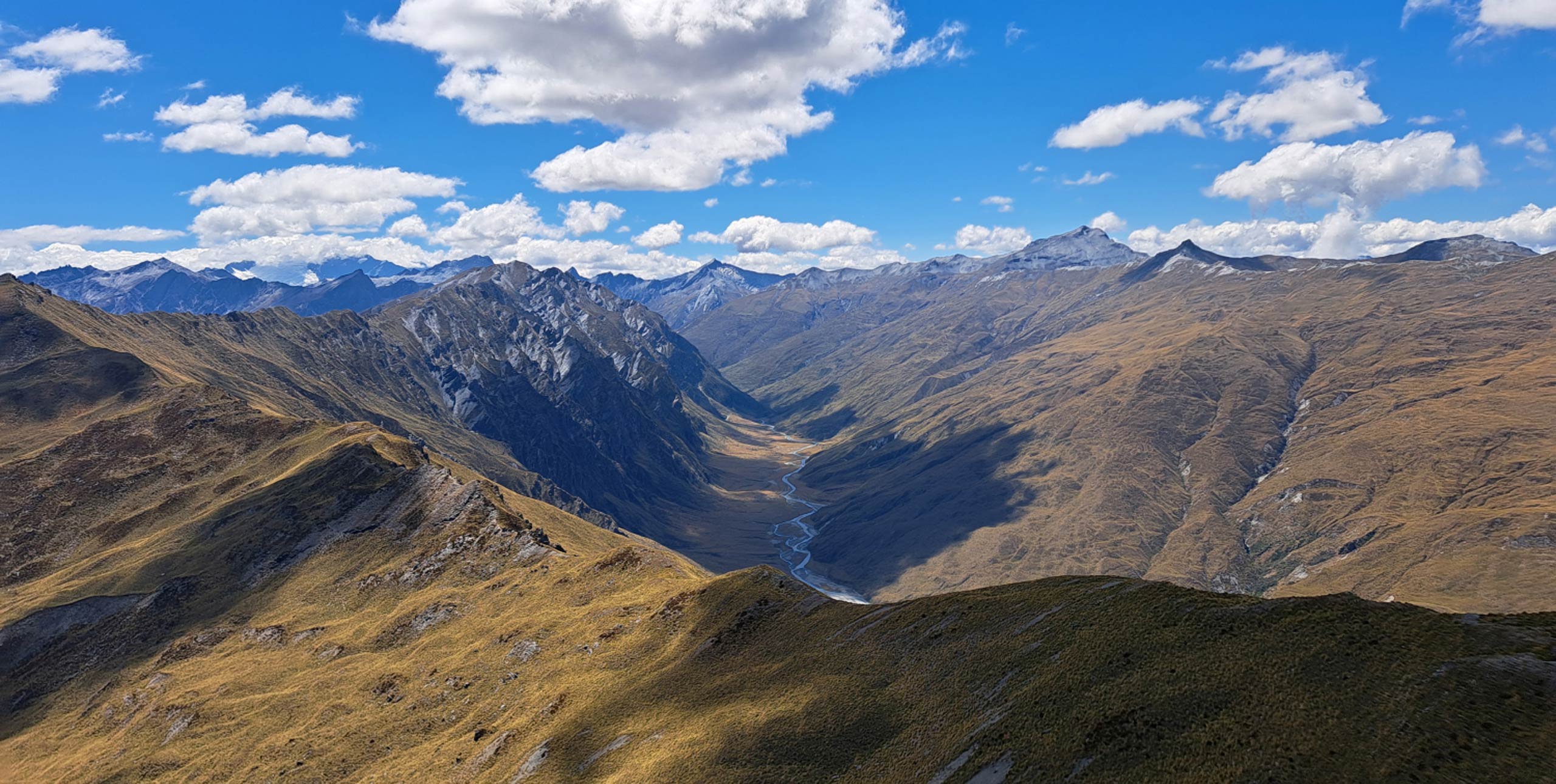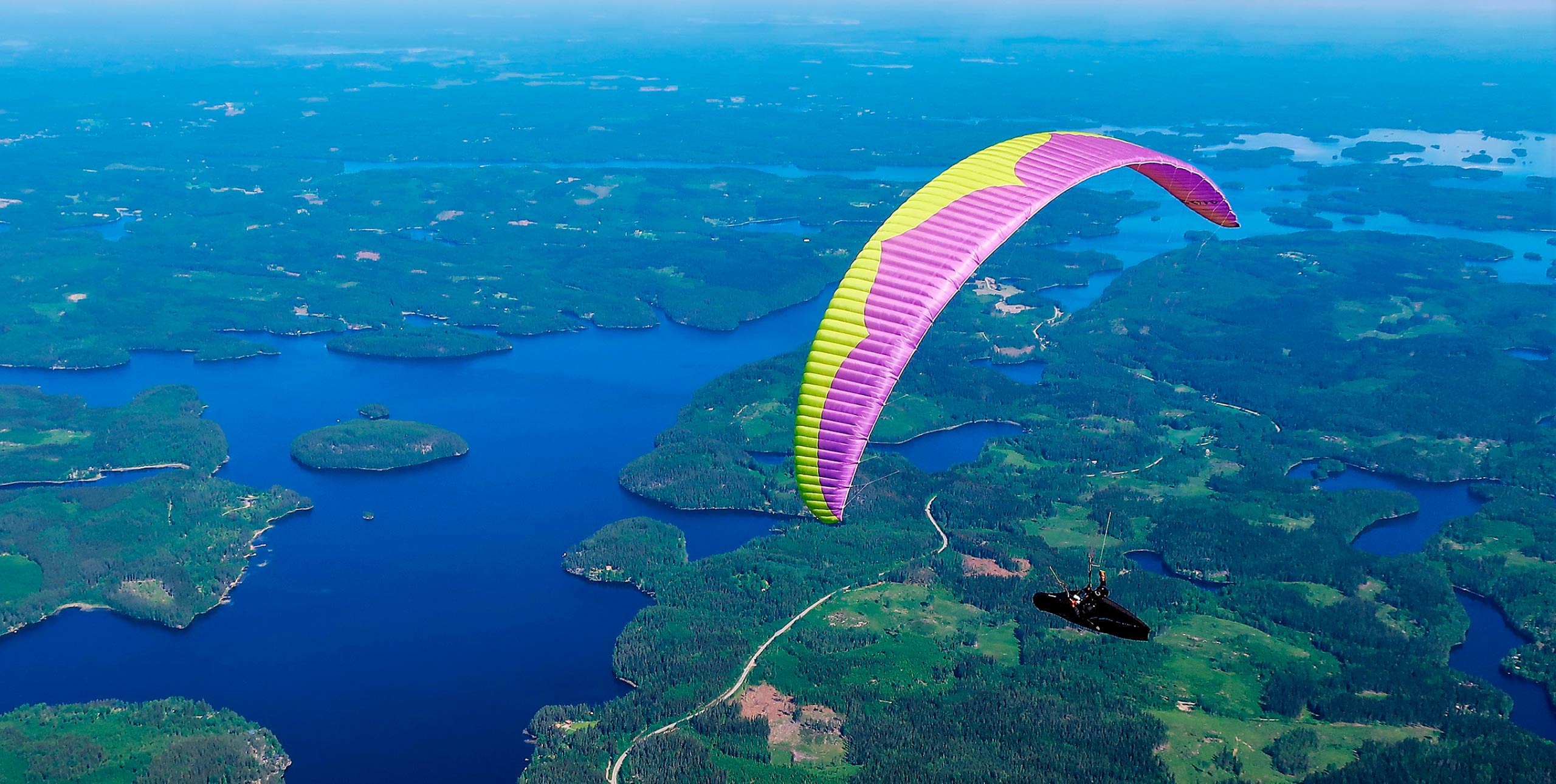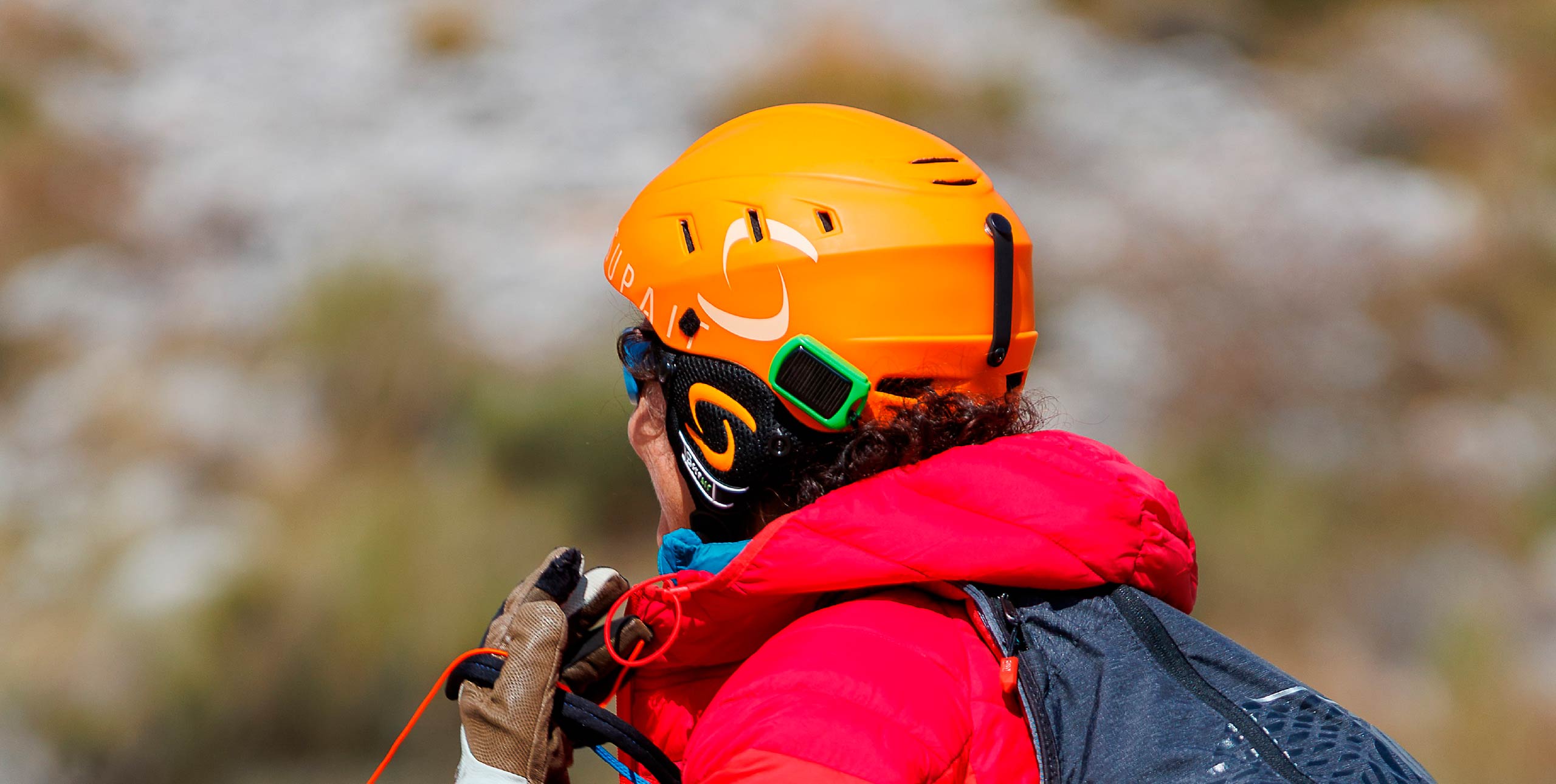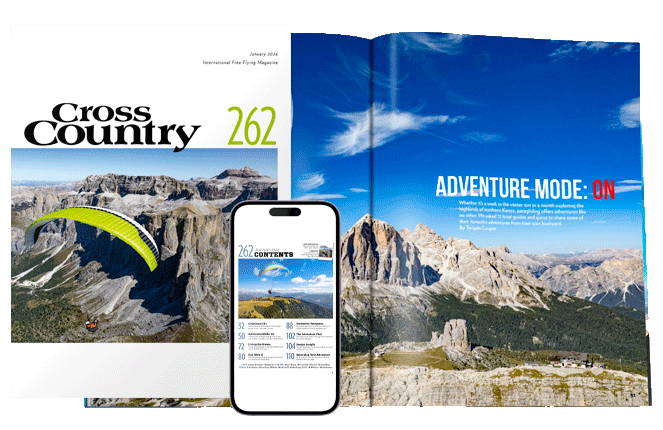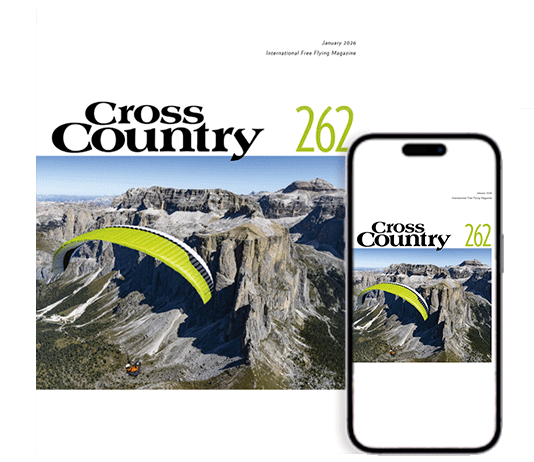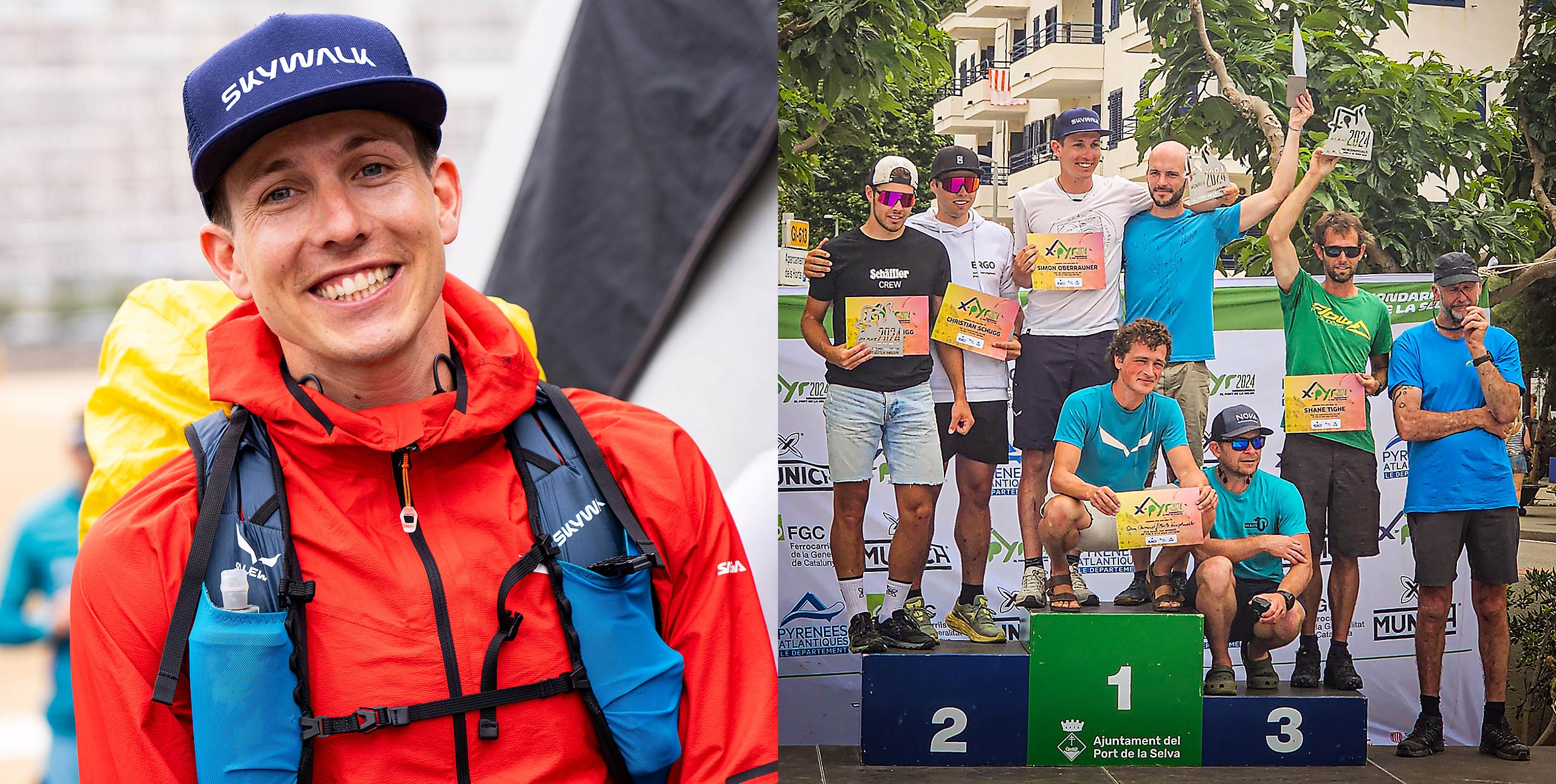
X-Pyr 2024 race reporter Judith Mole shares the inside track on what happened at this year’s fast and furious race
The 2024 edition of the famous adventure race started without its most famous participant: four-times winner Chrigel Maurer was not on the start line. This left twice runner-up Maxime Pinot and last time rookies Pierre Remy (3rd in 2022) and Simon Oberrauner (4th in 2022) as the hot favourites.
In the days leading up to the start, eight athletes withdrew, including the legendary Pal Takats, leaving a field of 40 participants.
The course was originally just short of 600km, with seven turnpoints. Pierre Remy was given a home advantage: the third turnpoint was located in front of his house in the Val d’Azun. From there, the athletes would have to cross the main spine of the ridge and go southeast to the turnpoint at Boi Taull, on the edge of the Aigüestortes y Estany de Sant Maurici national park.
From there the route went back west, to the edge of Ordesa national park, and then northeast across the main ridge to the Pic des Trois Seigneurs in France.
At turnpoint six, the athletes had to land to sign-in at the monastery of Vall de Nuria, located in a hanging valley not accessible by road, only by walking and a rack-and-pin railway. The last turnpoint is always at St Helena de Rodes, looming above the goal at el Port de la Selva.
This year organisation instigated a new rule where they reserved the right to change the route of the race in case of bad weather. Given the forecast for the week, meet director Íñigo Redín, used this rule and announced late on Saturday that the cylinders around turnpoints three and four would be significantly increased and turnpoint five would be completely dropped.
As a consequence, the race was approximately 100km shorter, they would have to negotiate the airspace around La Seu de Urgell, south of Andorra, and the athletes would not have to cross back onto the wet, stormy French side of the Pyrenees. This turned out to be an excellent decision.
On Sunday 23 June the athletes gathered in drizzly Hondarribia for the start and had to run in the rain to Larun, the traditional first turnpoint of the race, to sign-in at the top of the mountain.
Usually the competitors can fly down, but the entire hill was shrouded in thick fog, with driving rain making the conditions miserable for both athletes and spectators. First to sign the board was Pierre Remy, followed seconds later by Lenart Oblak from Slovenia.
All athletes had to walk back down and those watching were denied a first glimpse of the new super-lightweight submarine-style harnesses of Maxime Pinot (Neo Moonlight, 1.5kg) and Pierre Remy (Supair Alp, 1.6 kg). The weather never cleared and everyone walked the rest of the day.
Day two dawned much better and the standout athlete was Gabriel Jansen from Brazil, who had never flown in Europe before. He only started paragliding three years ago, and had to sell his car to finance his participation in the race. Two days of excellent flying had him way ahead of the rest of the leaders, until they overtook him on day four.
Due to the strain of the first day, several athletes had to withdraw due to aggravated prior injuries and this included top seed Maxime Pinot, who suffered with knee problems.
By day four many athletes had made it to Castejon de Sos and were hiking up to get into a good position to fly far. It was a tricky decision, launch early and risk suboptimal conditions or gamble with the forecast thunderstorms.
Some athletes, like Thomas Friedrich, Noe Court and Thibault Voglet had problems with cloudsuck and had to be penalised, but many other pilots reported difficult landings and wild conditions. Canadian Benoit Brunet-Poirier took avoiding action and was blown into France, to have to add significant kilometres to his race to get back to the optimised course line.
On the same day the battle at the front of the race was heating up with Australian Shane Tighe and Austrian Simon Oberrauner (fourth in the 2022 edition) flying and walking together. They had to land below the crest of Puigmal to walk down into the Vall de Nuria until they were clear of cloud and could relaunch to fly to the sign-in board at turn point five. Then it started raining…
Pierre Remy was chasing them hard and made it to the turnpoint the following morning, along with a number of others, like Germany’s Christian Schugg, France’s William Pierre and Swiss Lars Meerstetter. By this point Simon had the lead and was heading for the flatlands that constitute the end of the race section before the final turnpoint at Santa Helena de Rodes.
Being chased by Shane Tighe and Pierre Remy, nobody had paid much attention to Christian Schugg, who took a completely different route and flew along the foothills of the mountain chain. When Simon was told of Christian’s progress he started running – no mean feat in temperatures of 37C!
Simon Oberrauner arrived in goal first and, overtaking the others and with only 4km left to walk, rookie Christian Schugg was second. Third to arrive was Shane Tighe in his first ever hike-and-fly race. Pierre Remy was the fourth of seven to arrive on day five. Nine more followed on day six.
In total, there were 21 pilots in goal. The biggest number previously had been eight in 2014. A mention to Standa Mayer, now a veteran of this race: he has participated four times and has made goal in each edition. A huge achievement.
As usual this edition was a race of two halves… those who could get to the better weather on the Spanish side of the mountains made fast progress while those at the back were punished by wet and windy weather to the north.
The next edition will be in June 2026. For more news, videos and photos, see www.x-pyr.com



